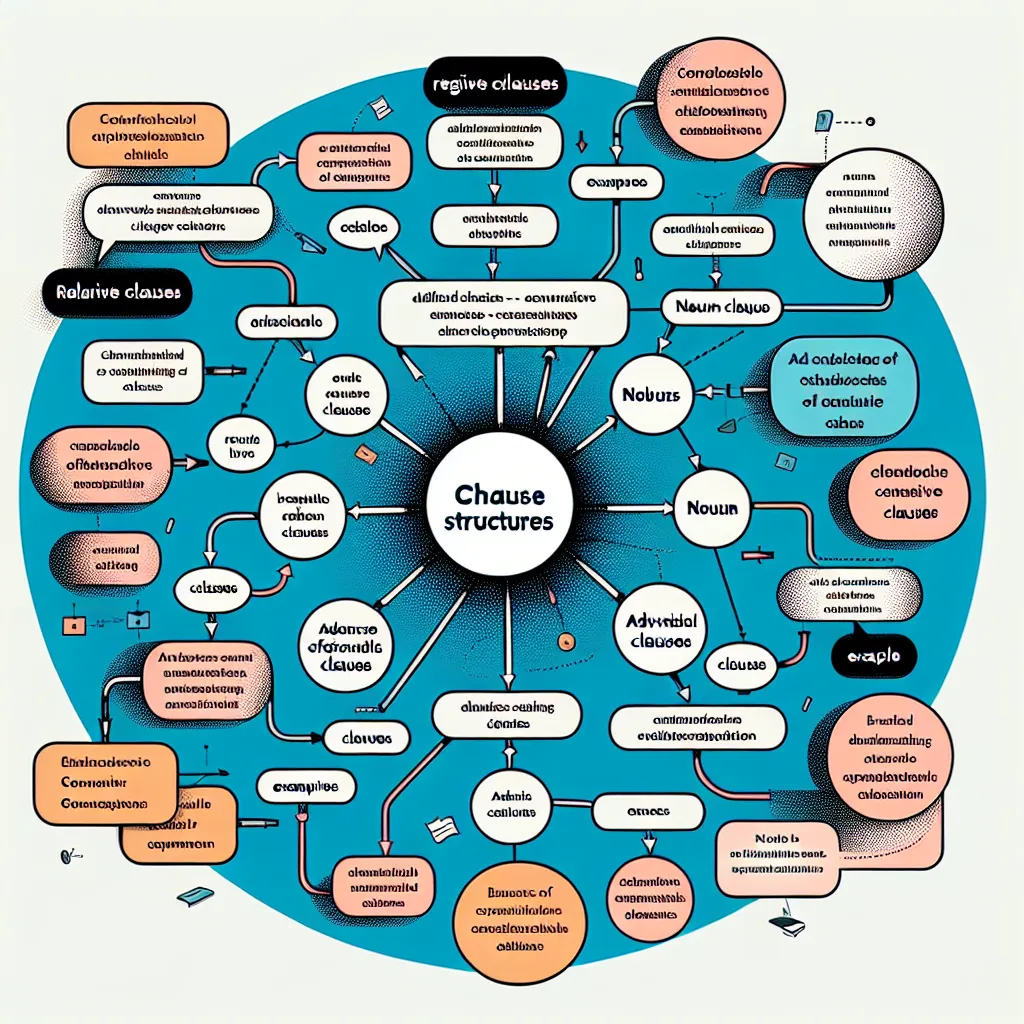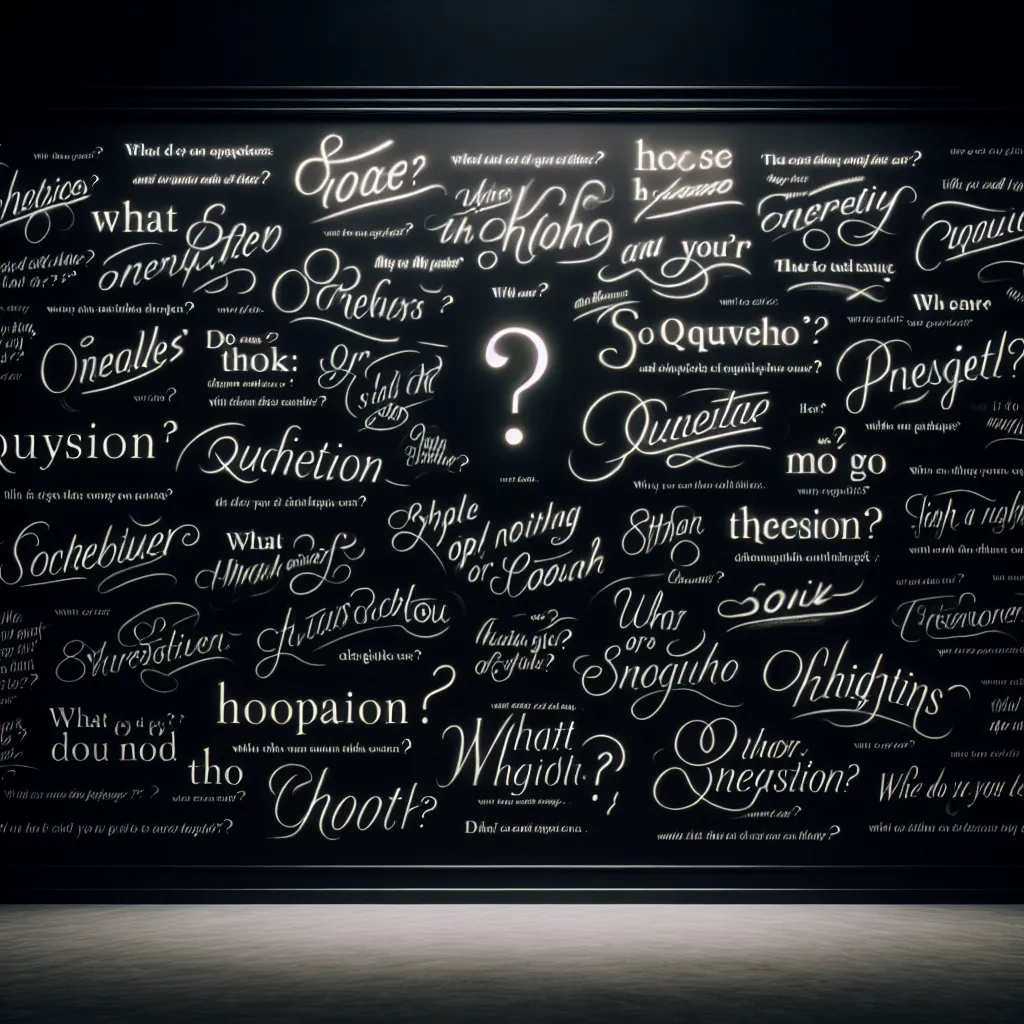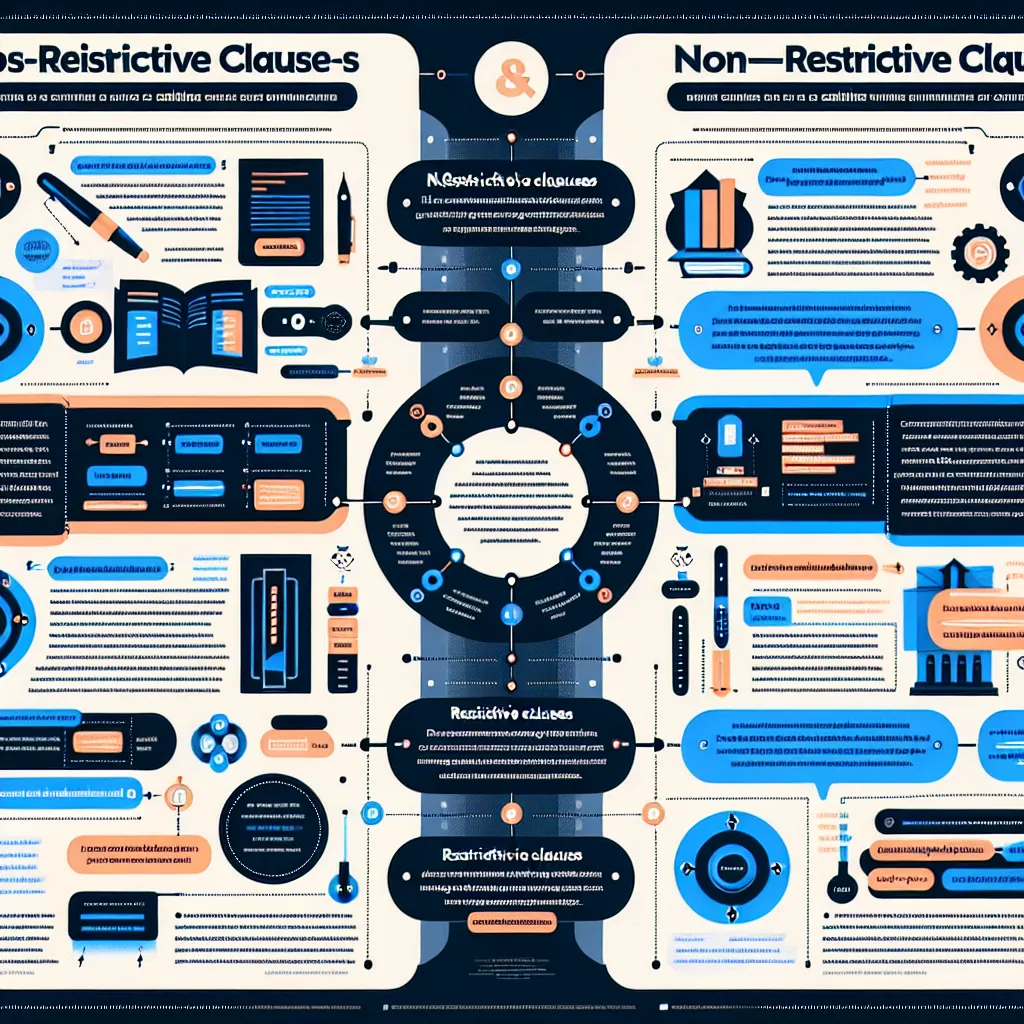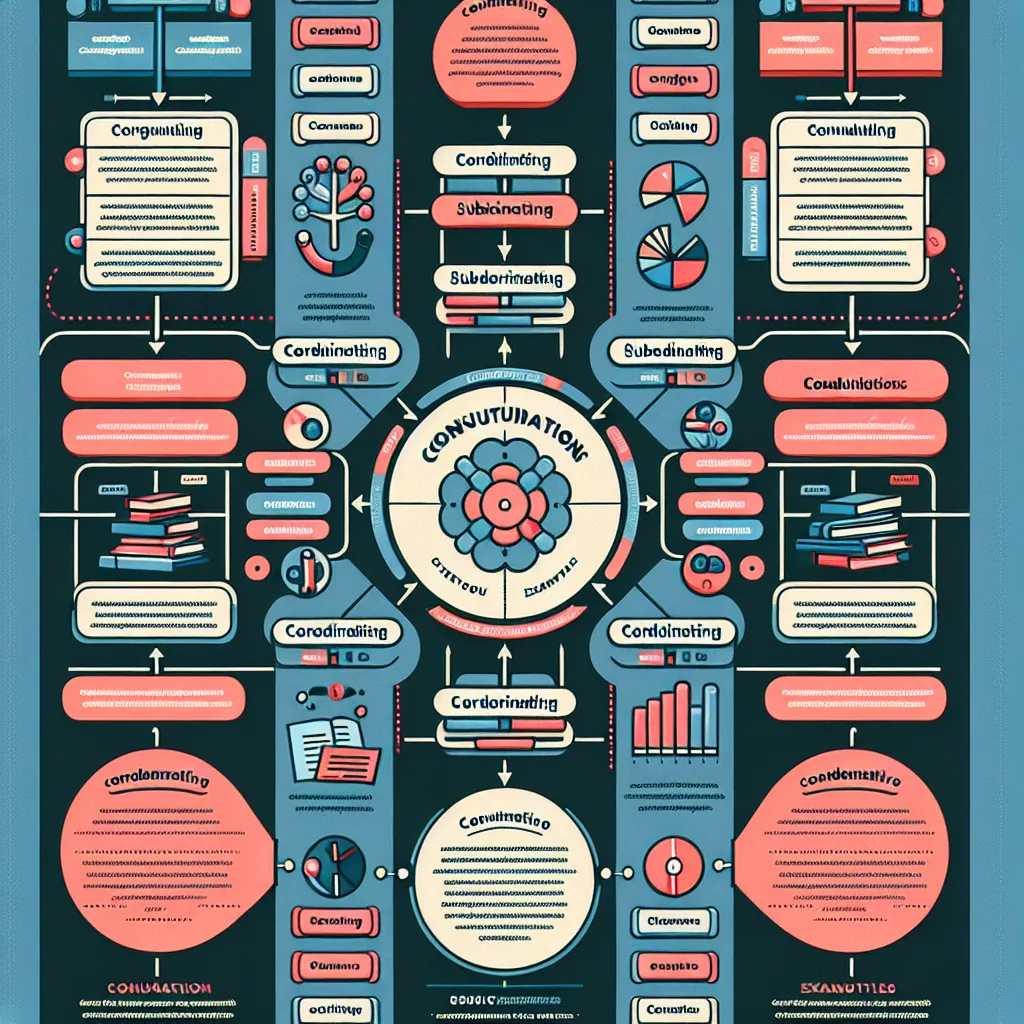Are you looking to elevate your English writing skills? Mastering The Use Of Advanced Clause Structures is a crucial step towards achieving fluency and sophistication in your language. This comprehensive guide will walk you through the intricacies of complex clauses, helping you enhance your writing and communication skills.
Understanding Advanced Clause Structures
Advanced clause structures are sophisticated sentence constructions that allow writers to express complex ideas with clarity and precision. These structures go beyond simple subject-verb-object sentences, incorporating various types of dependent clauses to create more nuanced and impactful writing.
Why Are Advanced Clause Structures Important?
Mastering advanced clause structures is essential for several reasons:
- Enhanced Clarity: Complex clauses allow you to express intricate relationships between ideas.
- Improved Flow: Varied sentence structures create a more engaging and readable text.
- Professional Appeal: Advanced structures are often associated with higher-level academic and professional writing.
- Nuanced Expression: They enable you to convey subtle shades of meaning and emphasis.
 Advanced Clause Structures Diagram
Advanced Clause Structures Diagram
Types of Advanced Clause Structures
Let’s explore some common types of advanced clause structures and how to use them effectively.
1. Relative Clauses
Relative clauses provide additional information about a noun in the main clause. They are introduced by relative pronouns such as ‘who,’ ‘which,’ or ‘that.’
Example:
“The book, which was written by a renowned historian, offers a fresh perspective on ancient civilizations.”
In this sentence, the relative clause “which was written by a renowned historian” provides extra information about the book.
2. Noun Clauses
Noun clauses function as nouns within a sentence. They can serve as subjects, objects, or complements.
Example:
“What she said during the meeting surprised everyone.”
Here, “What she said during the meeting” is a noun clause acting as the subject of the sentence.
3. Adverbial Clauses
Adverbial clauses modify verbs, adjectives, or other adverbs. They often express conditions, reasons, or time relationships.
Example:
“Although it was raining heavily, they decided to go for a walk.”
The adverbial clause “Although it was raining heavily” provides context for the main clause.
Tips for Mastering Advanced Clause Structures
- Read Extensively: Expose yourself to various writing styles to internalize different clause structures.
- Practice Regularly: Incorporate these structures into your daily writing exercises.
- Analyze Sentences: Break down complex sentences in your reading to understand their construction.
- Use Transitional Words: Words like ‘however,’ ‘nevertheless,’ and ‘consequently’ can help link clauses effectively.
- Vary Your Sentence Beginnings: Start sentences with different clause types to add variety to your writing.
For more insights on improving your grammar skills, check out our guide on improving advanced grammar comprehension.
Common Pitfalls to Avoid
When working with advanced clause structures, be aware of these common mistakes:
-
Comma Splices: Avoid joining two independent clauses with just a comma.
Incorrect: “The concert was amazing, it lasted for three hours.”
Correct: “The concert was amazing; it lasted for three hours.” -
Dangling Modifiers: Ensure that modifying clauses clearly relate to the subject they’re describing.
Incorrect: “Walking down the street, the trees were in full bloom.”
Correct: “Walking down the street, we saw the trees were in full bloom.” -
Overuse of Clauses: While complex structures are valuable, overusing them can lead to convoluted writing.
For more guidance on punctuation in formal writing, visit our article on how to master the use of advanced punctuation in formal writing.
Practical Exercises
To reinforce your understanding of advanced clause structures, try these exercises:
-
Sentence Combining: Take two or three simple sentences and combine them using different clause structures.
-
Clause Identification: In a given text, identify and categorize different types of clauses.
-
Sentence Transformation: Rewrite simple sentences using more complex clause structures without changing the meaning.
-
Error Correction: Identify and correct errors in sentences with misused or incorrectly structured clauses.
Advanced Applications
Once you’ve mastered the basics, you can apply these skills to various forms of writing:
-
Academic Writing: Use complex clauses to articulate sophisticated arguments and analyses.
-
Creative Writing: Employ varied clause structures to enhance narrative flow and character development.
-
Professional Communication: Craft nuanced emails and reports using advanced grammatical structures.
For specific applications in professional contexts, explore our guide on advanced grammar for grant writing.
Conclusion
Mastering the use of advanced clause structures is a journey that requires patience and practice. By understanding the various types of clauses and how to use them effectively, you can significantly enhance your writing skills. Remember to read widely, practice regularly, and always strive for clarity in your expression. With time and dedication, you’ll find yourself crafting more sophisticated and impactful sentences with ease.
We encourage you to apply these concepts in your writing and share your experiences in the comments below. For further exploration of complex sentence structures, don’t miss our article on mastering the use of compound-complex sentences.




